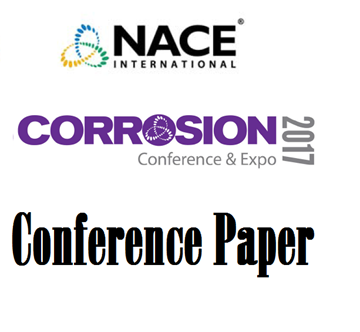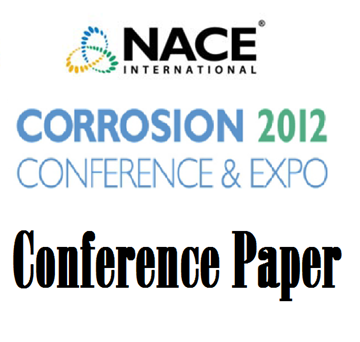Search
Individual Conference Papers
View as
Sort by
Display
per page
Corrosion Of Open-Cell Aluminum Foams In Natural Seawater
Product Number:
51321-16926-SG
Publication Date:
2021
$20.00
Corrosion of Pipelines in a Crude Oil Storage Facility
Product Number:
51323-19554-SG
Publication Date:
2023
$20.00
Corrosion of Proton Irradiated 309L Stainless Steel Claddings Fabricated by Directed Energy Deposition
Product Number:
51323-18937-SG
$20.00
Corrosion Of Reactor Alloys Under Simulated Partially Thermal Cracking Of Oilsands Bitumen
Product Number:
51321-16575-SG
Publication Date:
2021
$20.00
Corrosion of Stainless Steel Alloys in Fresh Water Simulating Condensed Water in Contact with Supercritical CO2- An Electrochemical Study
Product Number:
51324-20621-SG
Publication Date:
2024
$40.00
Corrosion of Stainless Steels AISI 304 and AISI 316 Induced by Sulfare Reducing Bacteria in Anoxic Groundwater
Product Number:
51317--9359-SG
ISBN:
9359 2017 CP
Publication Date:
2017
$20.00
Corrosion of Stainless Steels and Titanium in Bromide-Containing Solutions
Product Number:
51312-01253-SG
ISBN:
01253 2012 CP
Publication Date:
2012
$20.00
Corrosion Of Stainless Steels In Sulphuric Acid Environments: Influence Of Halide Content, Oxidizing Ions And Temperature
Product Number:
51321-16943-SG
Publication Date:
2021
$20.00
Corrosion of UNS N06625 Alloy under Batch-Mode Biomass Supercritical Water Gasification (SCWG) Conditions
Product Number:
51323-18954-SG
Publication Date:
2023
$20.00
Corrosion Of UNS S31603 Under Partial Upgrading Of Bitumen Using Thermal Cracking
Product Number:
51322-18059-SG
Publication Date:
2022
$20.00
Corrosion Of Well Tubulars And Casings In Sour Gas Lift Well Annuli - Causes And Mitigations.
Product Number:
51322-17772-SG
Publication Date:
2022
$20.00
Corrosion Of Wrought And Cast Ni-Fe-Cr-Mo Alloys In High-Temperature Brines And CO2-Rich Supercritical Phases With Oxygen And Hydrogen Sulfide
Product Number:
51322-17882-SG
Publication Date:
2022
$20.00












